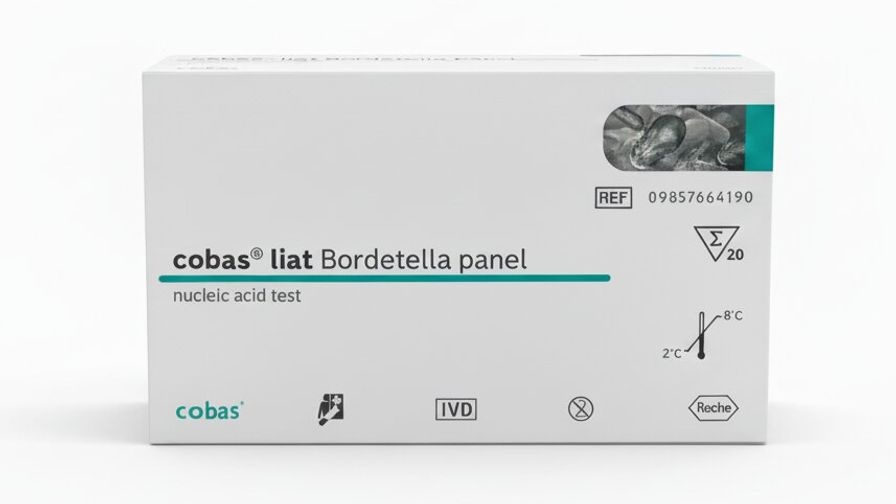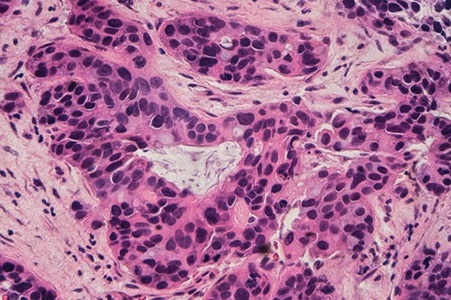Cytokine Target Identified for Treatment-Resistant Hemophilia A
|
By LabMedica International staff writers Posted on 04 May 2021 |
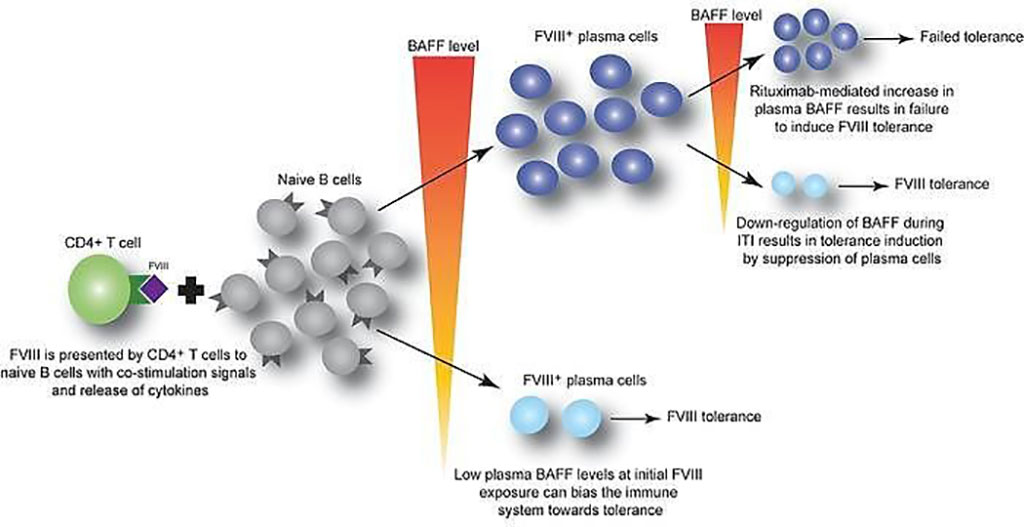
Image: B cell–activating factor modulates the factor VIII immune response in hemophilia A (Photo courtesy of Children’s Hospital of Philadelphia)
Hemophilia A, also called factor VIII (8) deficiency or classic hemophilia, is a genetic disorder caused by missing or defective factor VIII (FVIII), a clotting protein. Although it is passed down from parents to children, about 1/3 of cases found have no previous family history.
Currently, hemophilia is the most common inherited bleeding disorder, which affects 1 in 10,000 men across the globe. Since patients lack coagulation factor VIII (FVIII), therapies are typically aimed at infusions to replace the missing protein. Some patients, however, become treatment resistant due to the development of neutralizing antibodies, or FVIII inhibitors.
An international team of hematologists and their associates led by those at the Children’s Hospital of Philadelphia (Philadelphia, PA, USA) used plasma samples from 69 pediatric patients undergoing recombinant FVIII therapy, in addition to samples from mouse models, to determine whether cytokine B cell activating factor (BAFF) may help generate and sustain FVIII antibodies. Of the pediatric patients, 24 had FVIII inhibitors.
BAFF, proliferation-inducing ligand (APRIL), and B cell maturation antigen (BCMA) levels from the patient samples were measured by a multiplex ELISA Because of limitations on sample transport, BAFF levels from rituximab-exposed patients were measured by ELISA (R&D Systems, Minneapolis, MN, USA). The frequency of FVIII-specific immunoglobulin-secreting B cells was quantified by a B cell ELISPOT assay. Plates were analyzed using the ImmunoSpot system (Cellular Technology Limited, Shaker Heights, OH, USA).
The team reported that BAFF levels to be higher in patients with persistent FVIII inhibitors compared to those without inhibitors (1.30 versus 0.99 ng/mL, respectively). Moreover, BAFF levels decreased from baseline in hemophilia A inhibitor patients who underwent immune tolerance induction (ITI) and achieved FVIII tolerance from 1.43 ± 0.63 to 0.81 ± 0.32 ng/mL. In comparison, those who failed ITI had steady levels at 1.33 to 1.23 ng/mL. A similar pattern and trend in BAFF levels was also noted for 46 adults, although non-inhibitor patients saw a generally higher level of BAFF. Furthermore, a receiver-operating characteristic (ROC) analysis of the pooled pediatric and adult data showed that BAFF levels greater than 1.03 ng/mL had 68.3% sensitivity, 63.8% specificity, and likelihood ratio of 1.89 for the presence of FVIII inhibitors.
Valder R. Arruda, MD, PhD, a Hematologist and senior author of the study, said, “Our data suggest that BAFF may regulate the generation and maintenance of FVIII inhibitors, as well as anti-FVIII B cells. Given that an FDA-approved anti-BAFF antibody is currently used to suppress the immune response in autoimmune diseases, future studies should explore the use of this treatment in combination with rituximab to achieve better outcomes for hemophilia A patients resistant to FVIII protein replacement therapy.”
The authors concluded that their data suggest that BAFF may regulate the generation and maintenance of FVIII inhibitors and/or anti-FVIII B cells. Finally, antiCD20/anti-BAFF combination therapy may be clinically useful for ITI. The study was published on April 15, 2021 in The Journal of Clinical Investigation.
Related Links:
Children’s Hospital of Philadelphia
R&D Systems
Cellular Technology Limited
Currently, hemophilia is the most common inherited bleeding disorder, which affects 1 in 10,000 men across the globe. Since patients lack coagulation factor VIII (FVIII), therapies are typically aimed at infusions to replace the missing protein. Some patients, however, become treatment resistant due to the development of neutralizing antibodies, or FVIII inhibitors.
An international team of hematologists and their associates led by those at the Children’s Hospital of Philadelphia (Philadelphia, PA, USA) used plasma samples from 69 pediatric patients undergoing recombinant FVIII therapy, in addition to samples from mouse models, to determine whether cytokine B cell activating factor (BAFF) may help generate and sustain FVIII antibodies. Of the pediatric patients, 24 had FVIII inhibitors.
BAFF, proliferation-inducing ligand (APRIL), and B cell maturation antigen (BCMA) levels from the patient samples were measured by a multiplex ELISA Because of limitations on sample transport, BAFF levels from rituximab-exposed patients were measured by ELISA (R&D Systems, Minneapolis, MN, USA). The frequency of FVIII-specific immunoglobulin-secreting B cells was quantified by a B cell ELISPOT assay. Plates were analyzed using the ImmunoSpot system (Cellular Technology Limited, Shaker Heights, OH, USA).
The team reported that BAFF levels to be higher in patients with persistent FVIII inhibitors compared to those without inhibitors (1.30 versus 0.99 ng/mL, respectively). Moreover, BAFF levels decreased from baseline in hemophilia A inhibitor patients who underwent immune tolerance induction (ITI) and achieved FVIII tolerance from 1.43 ± 0.63 to 0.81 ± 0.32 ng/mL. In comparison, those who failed ITI had steady levels at 1.33 to 1.23 ng/mL. A similar pattern and trend in BAFF levels was also noted for 46 adults, although non-inhibitor patients saw a generally higher level of BAFF. Furthermore, a receiver-operating characteristic (ROC) analysis of the pooled pediatric and adult data showed that BAFF levels greater than 1.03 ng/mL had 68.3% sensitivity, 63.8% specificity, and likelihood ratio of 1.89 for the presence of FVIII inhibitors.
Valder R. Arruda, MD, PhD, a Hematologist and senior author of the study, said, “Our data suggest that BAFF may regulate the generation and maintenance of FVIII inhibitors, as well as anti-FVIII B cells. Given that an FDA-approved anti-BAFF antibody is currently used to suppress the immune response in autoimmune diseases, future studies should explore the use of this treatment in combination with rituximab to achieve better outcomes for hemophilia A patients resistant to FVIII protein replacement therapy.”
The authors concluded that their data suggest that BAFF may regulate the generation and maintenance of FVIII inhibitors and/or anti-FVIII B cells. Finally, antiCD20/anti-BAFF combination therapy may be clinically useful for ITI. The study was published on April 15, 2021 in The Journal of Clinical Investigation.
Related Links:
Children’s Hospital of Philadelphia
R&D Systems
Cellular Technology Limited
Latest Hematology News
- Platelet Activity Blood Test in Middle Age Could Identify Early Alzheimer’s Risk
- Microvesicles Measurement Could Detect Vascular Injury in Sickle Cell Disease Patients
- ADLM’s New Coagulation Testing Guidance to Improve Care for Patients on Blood Thinners
- Viscoelastic Testing Could Improve Treatment of Maternal Hemorrhage
- Pioneering Model Measures Radiation Exposure in Blood for Precise Cancer Treatments
- Platelets Could Improve Early and Minimally Invasive Detection of Cancer
- Portable and Disposable Device Obtains Platelet-Rich Plasma Without Complex Equipment
- Disposable Cartridge-Based Test Delivers Rapid and Accurate CBC Results
- First Point-of-Care Heparin Monitoring Test Provides Results in Under 15 Minutes

- New Scoring System Predicts Risk of Developing Cancer from Common Blood Disorder
- Non-Invasive Prenatal Test for Fetal RhD Status Demonstrates 100% Accuracy
- WBC Count Could Predict Severity of COVID-19 Symptoms
- New Platelet Counting Technology to Help Labs Prevent Diagnosis Errors
- Streamlined Approach to Testing for Heparin-Induced Thrombocytopenia Improves Diagnostic Accuracy
- POC Hemostasis System Could Help Prevent Maternal Deaths
- New Test Assesses Oxygen Delivering Ability of Red Blood Cells by Measuring Their Shape
Channels
Clinical Chemistry
view channel
Chemical Imaging Probe Could Track and Treat Prostate Cancer
Prostate cancer remains a leading cause of illness and death among men, with many patients eventually developing resistance to standard hormone-blocking therapies. These drugs often lose effectiveness... Read more
Mismatch Between Two Common Kidney Function Tests Indicates Serious Health Problems
Creatinine has long been the standard for measuring kidney filtration, while cystatin C — a protein produced by all human cells — has been recommended as a complementary marker because it is influenced... Read moreMolecular Diagnostics
view channel
Portable Molecular Test Detects STIs at POC in 15 Minutes
Sexually transmitted infections (STIs) such as Chlamydia trachomatis and Neisseria gonorrhoeae affect more than 370 million people annually, with women in low- and middle-income countries facing the greatest... Read more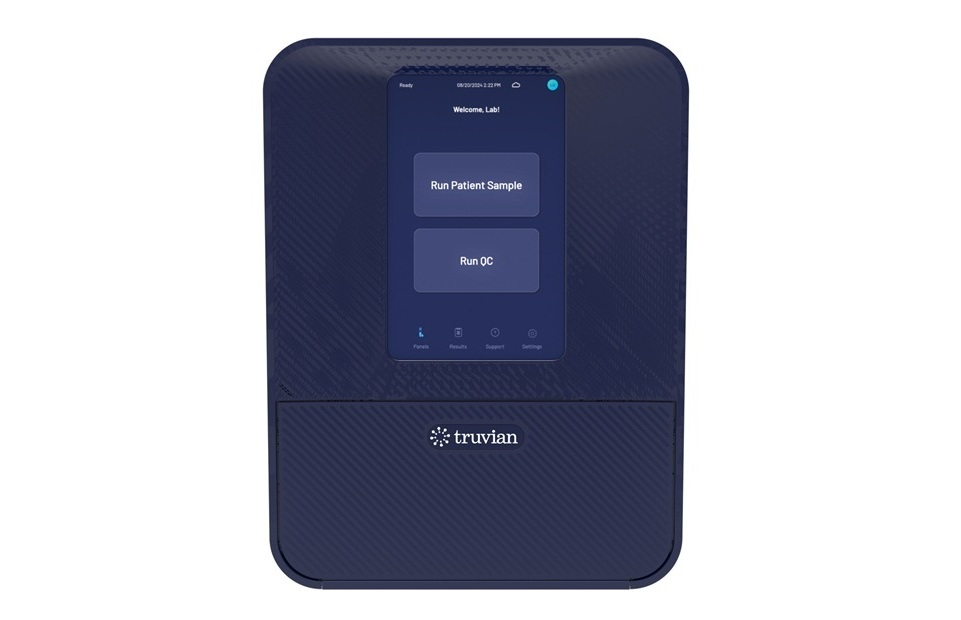
Benchtop Analyzer Runs Chemistries, Immunoassays and Hematology in Single Device
Routine blood tests remain dependent on off-site laboratories, resulting in delays, higher costs, and logistical barriers in decentralized care settings. Now, a new multimodal diagnostic solution delivers... Read moreImmunology
view channel
Gene Signature Test Predicts Response to Key Breast Cancer Treatment
DK4/6 inhibitors paired with hormone therapy have become a cornerstone treatment for advanced HR+/HER2– breast cancer, slowing tumor growth by blocking key proteins that drive cell division.... Read more
Chip Captures Cancer Cells from Blood to Help Select Right Breast Cancer Treatment
Ductal carcinoma in situ (DCIS) accounts for about a quarter of all breast cancer cases and generally carries a good prognosis. This non-invasive form of the disease may or may not become life-threatening.... Read moreMicrobiology
view channel
Rapid Assay Identifies Bloodstream Infection Pathogens Directly from Patient Samples
Bloodstream infections in sepsis progress quickly and demand rapid, precise diagnosis. Current blood-culture methods often take one to five days to identify the pathogen, leaving clinicians to treat blindly... Read more
Blood-Based Molecular Signatures to Enable Rapid EPTB Diagnosis
Extrapulmonary tuberculosis (EPTB) remains difficult to diagnose and treat because it spreads beyond the lungs and lacks easily accessible biomarkers. Despite TB infecting 10 million people yearly, the... Read more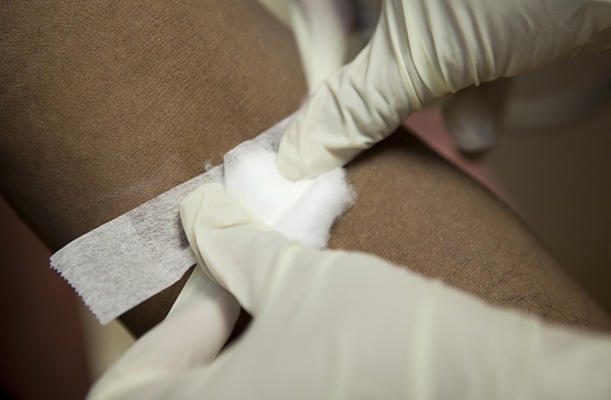
15-Minute Blood Test Diagnoses Life-Threatening Infections in Children
Distinguishing minor childhood illnesses from potentially life-threatening infections such as sepsis or meningitis remains a major challenge in emergency care. Traditional tests can take hours, leaving... Read more
High-Throughput Enteric Panels Detect Multiple GI Bacterial Infections from Single Stool Swab Sample
Gastrointestinal (GI) infections are among the most common causes of illness worldwide, leading to over 1.7 million deaths annually and placing a heavy burden on healthcare systems. Conventional diagnostic... Read morePathology
view channel
Diagnostic Technology Performs Rapid Biofluid Analysis Using Single Droplet
Diagnosing disease typically requires milliliters of blood drawn at clinics, depending on needles, laboratory infrastructure, and trained personnel. This process is often painful, resource-intensive, and... Read more
Novel Technology Tracks Hidden Cancer Cells Faster
Targeting and treating disease often hinges on the ability to locate specific cells inside the body—a challenge made difficult because harmful or therapeutic cells move through tissues and are not easily detected.... Read moreTechnology
view channel
AI Saliva Sensor Enables Early Detection of Head and Neck Cancer
Early detection of head and neck cancer remains difficult because the disease produces few or no symptoms in its earliest stages, and lesions often lie deep within the head or neck, where biopsy or endoscopy... Read more
AI-Powered Biosensor Technology to Enable Breath Test for Lung Cancer Detection
Detecting lung cancer early remains one of the biggest challenges in oncology, largely because current tools are invasive, expensive, or unable to identify the disease in its earliest phases.... Read moreIndustry
view channel
Abbott Acquires Cancer-Screening Company Exact Sciences
Abbott (Abbott Park, IL, USA) has entered into a definitive agreement to acquire Exact Sciences (Madison, WI, USA), enabling it to enter and lead in fast-growing cancer diagnostics segments.... Read more













